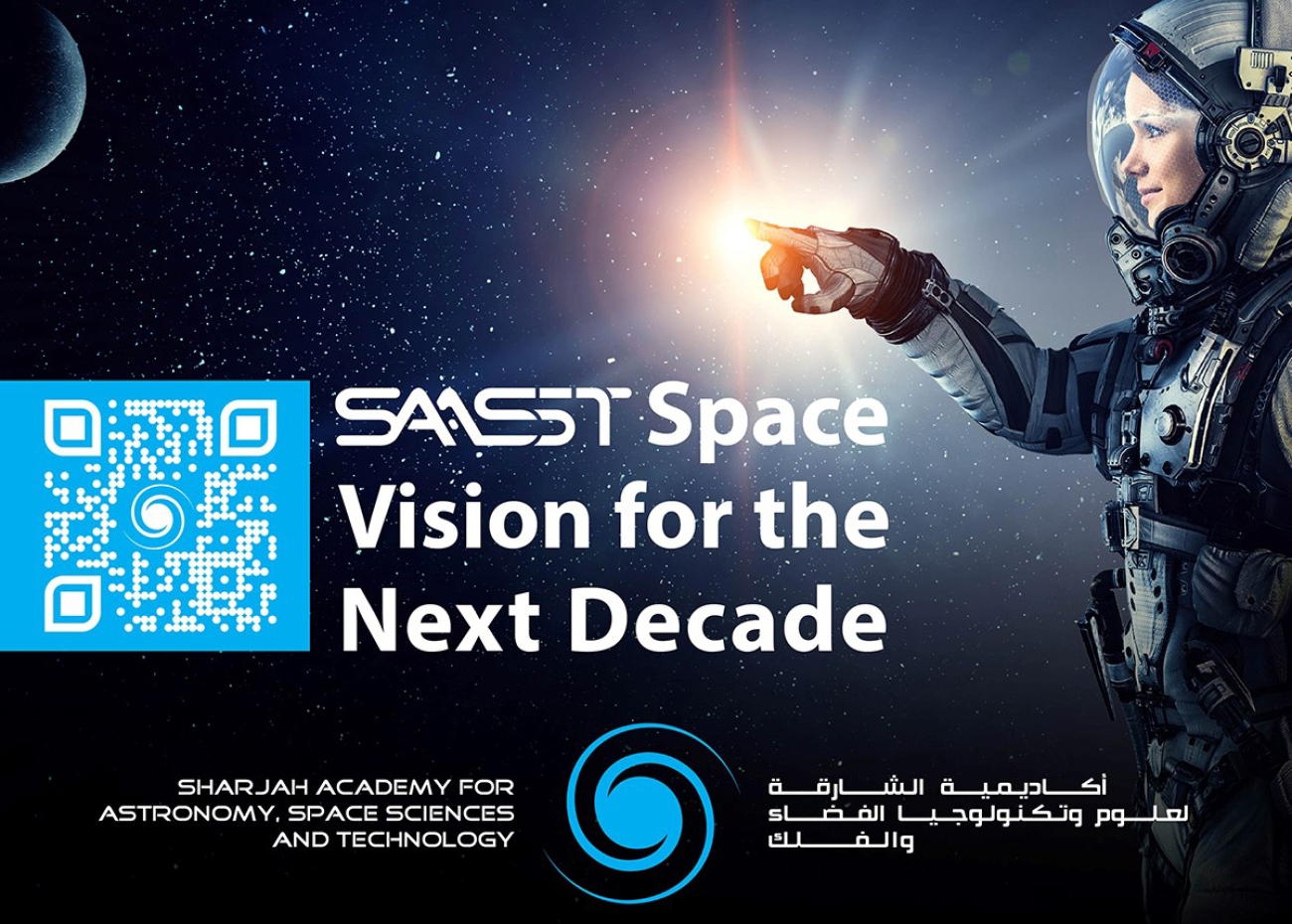The lecture started with the present asset of the academy in terms of the planetarium, the optical observatories, and the different research laboratories. However, this is the past, as insisted the lecturer, and everyone knows SAASST unique research position in the MENA world. Nevertheless, how about the future SAAAST programs, and how can SAASST reach an international status? Prof. Ilias outlined three main areas for SAASST to invest in order to be at the level of other western scientific institutions: (1) enhance SAASST research capabilities, (2) enhance SAASST academic program, and (2) invest in international space exploration missions.
SAASST needs to explore new venues in space sciences and space exploration. This can be accomplished by exploring space startups with upstream-related business ideas (hardware and software for space operations). The future of space sciences lies in new venues like space artificial intelligence, space robotics, space weather monitoring, quantum computing, exoplanets exploration (life beyond planet Earth), and other programs like science from the Moon (Telescopes / Rovers / CubeSats) and Martian Habitats. By investing in some of these areas, SAASST is sure to stand firm as a real scientific space sciences institution looking to understand this vast universe better.
The second area where SAASST must undertake is to move beyond the MSs level in its academic programs. It is time to introduce a Ph.D. in Physics or Astrophysics, Aerospace Engineering, Space Artificial Intelligence, or GIS and RS. These programs will enrich the academy with graduate students that can promote research further and reinforce SAASST specialized workforce. In addition, hiring new faculty members in space sciences or space engineering will become a necessity, especially in areas like satellites manufacturing, space engineering, space artificial intelligence, planetary sciences, Gamma Ray / UV / Infrared, and cosmology.
The last area where SAASST must invest is in International Space Exploration Programs. SAASST is presently preparing to launch in June 2022 its first CubeSat, the Sharjah-Sat-1 X-ray mission, in close collaboration with Istanbul Technical University. After that, other CubeSats must follow like a GNSS CubeSat (in collaboration with UAE Municipalities), a Desertification CubeSat (in collaboration with UAESA), a Space Weather CubeSat (in collaboration with NCMS/UAESA), and maybe a Microgravity CubeSat (in collaboration with the University of Sharjah College of Medicine). These new systems can be developed by signing MoUs with real space operators, i.e., NASA (US), ESA (Europe), DLR (Germany), CNES (France), JAXA (Japan), ISRO (India), and CNSA (China).
Prof. Ilias finished his talk by presenting a list of future space careers to help students choose the best option for their future. Every aspect of our life is now being affected by the use of robotics. This will make some jobs obsolete in the next decade. It is then imperatively important to think about which career can stand time and never be undermined. Among these future space careers, we can mention
- Astronauts
- Space Technologies (spacecraft, satellites, space stations, support infrastructure equipment, space warfare)
- Engineering (Design spacecraft, launch vehicles, space stations, satellites, aerospace, robotics, computer engineering, material sciences, mechanical and telecom engineering)
- Space Research / Academics (Astrophysicists - study celestial objects and how they interact with other space bodies), biologists (research how spaceflight affects those living in a spacecraft or the space station), biochemists and biophysicists (look into the chemical and physical aspects of all things and their biological actions), geoscientists (study & analyze the physical nature of the Earth), astrobiologists (research life as it exists on Earth to learn about life that may exist on other planets)
- Space Law / Space Tourism / Space Architecture / Space Medicine
The link to the lecture is as follows: https://www.youtube.com/watch?v=AqobSi4VD9o



